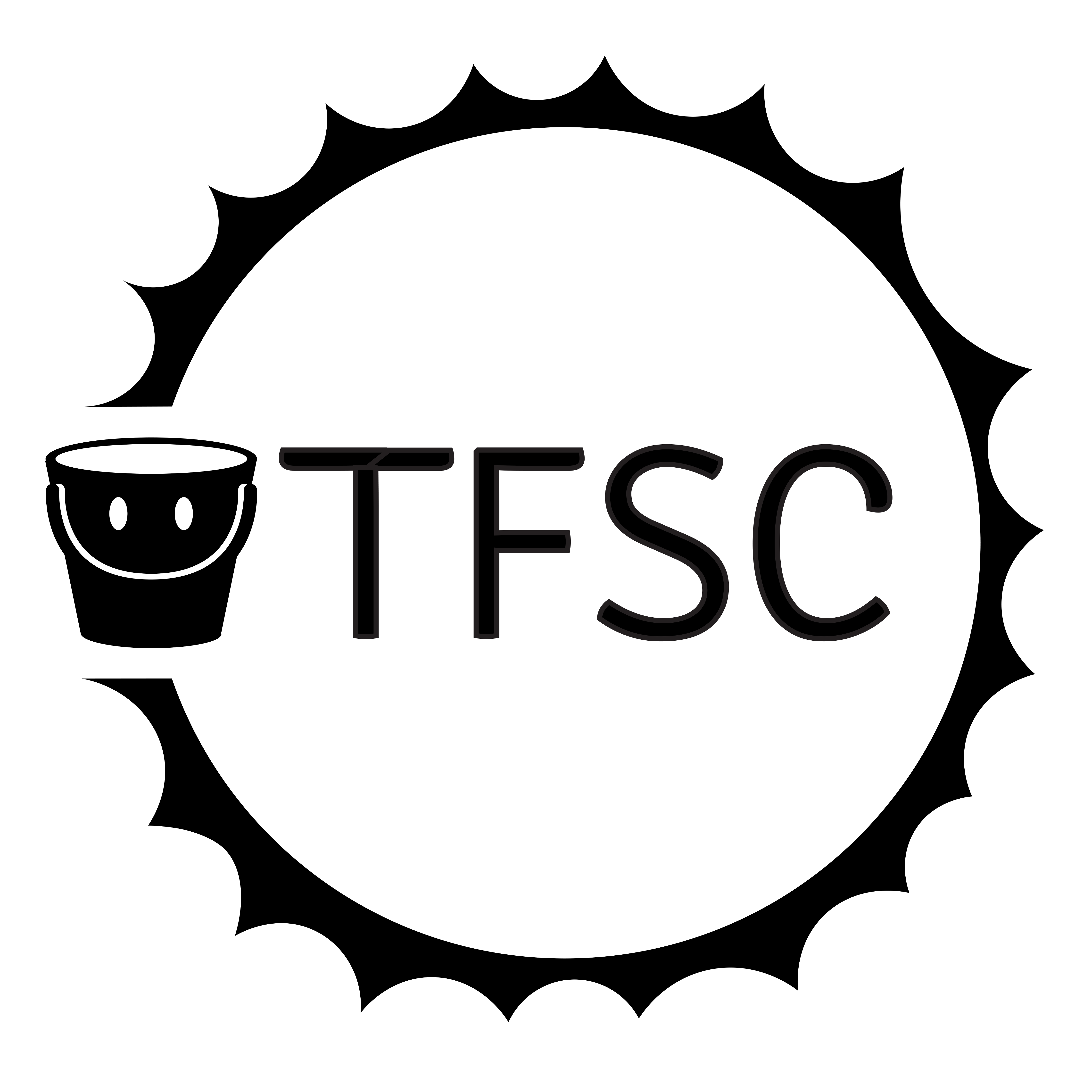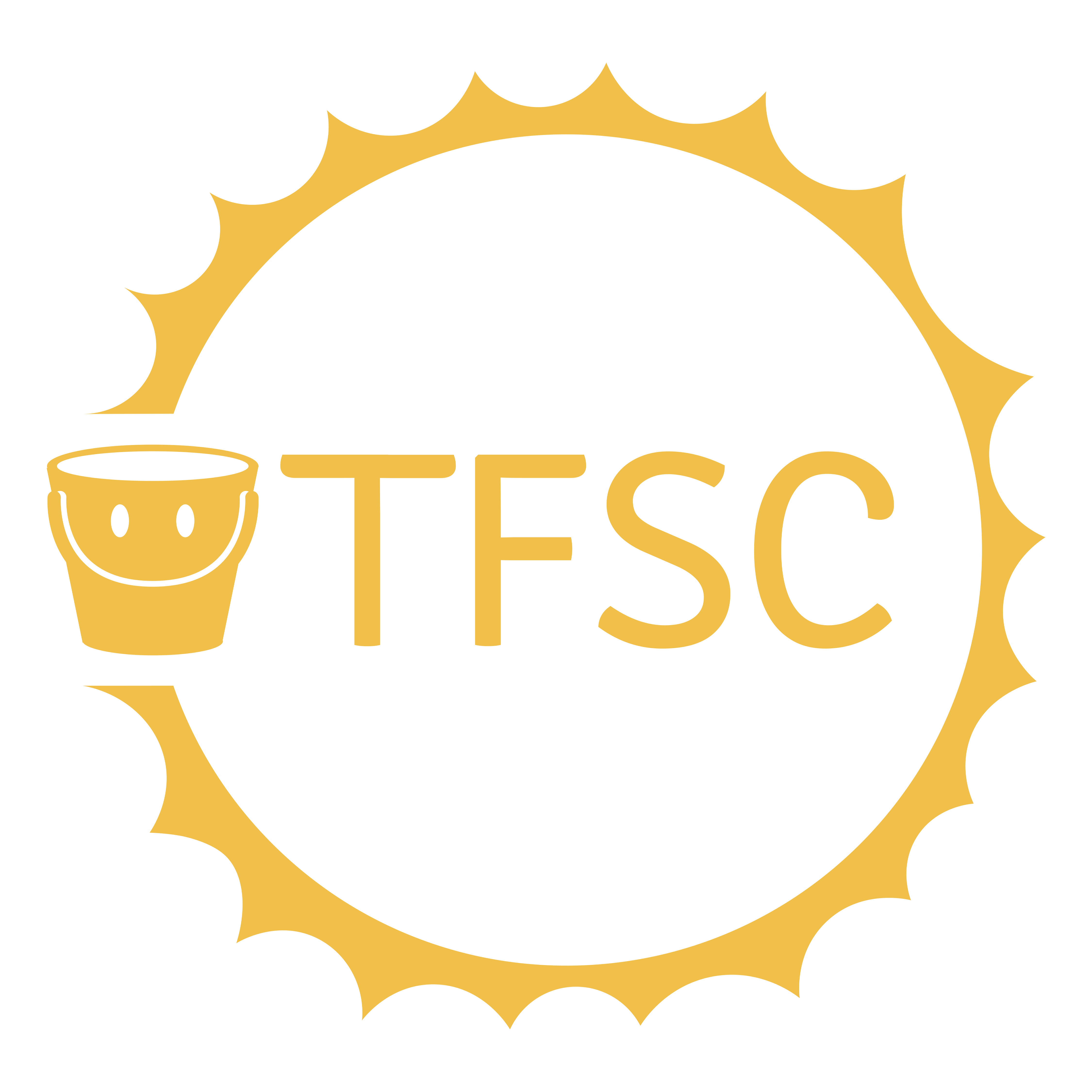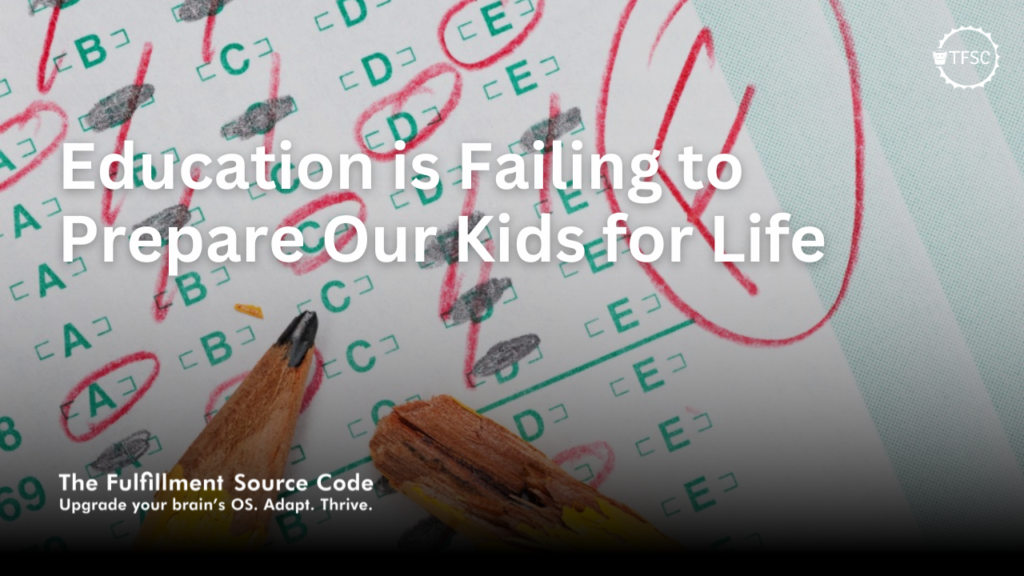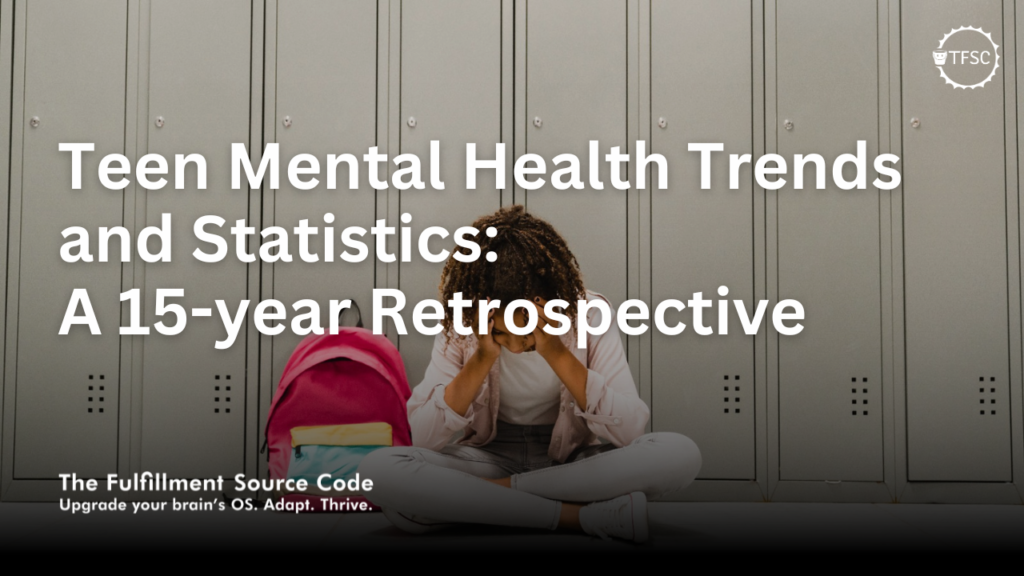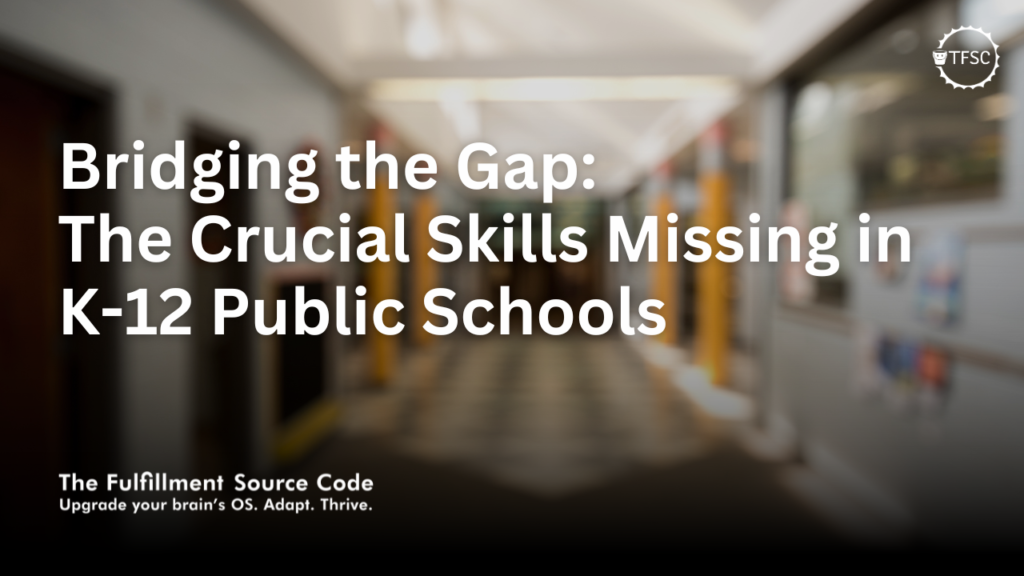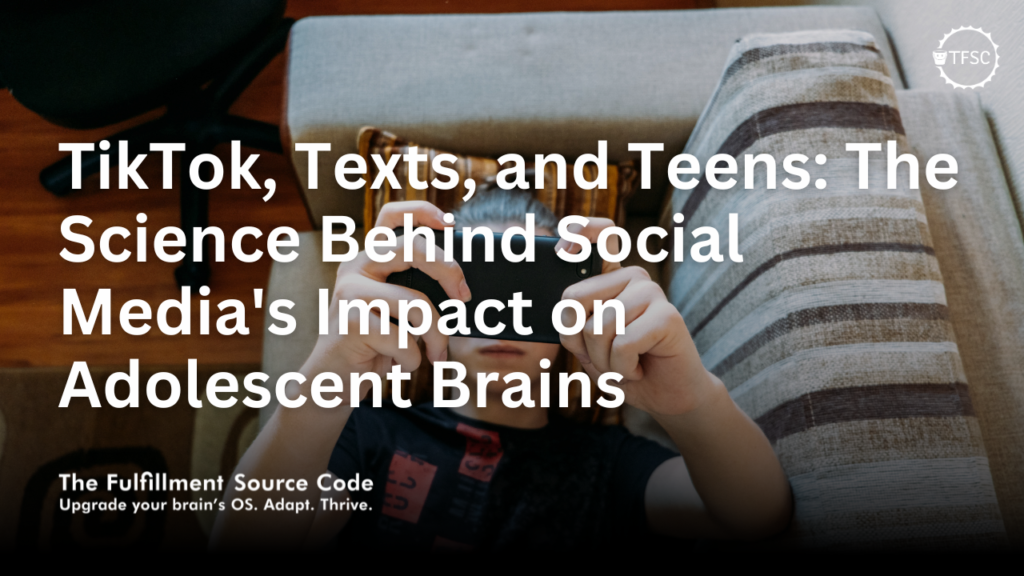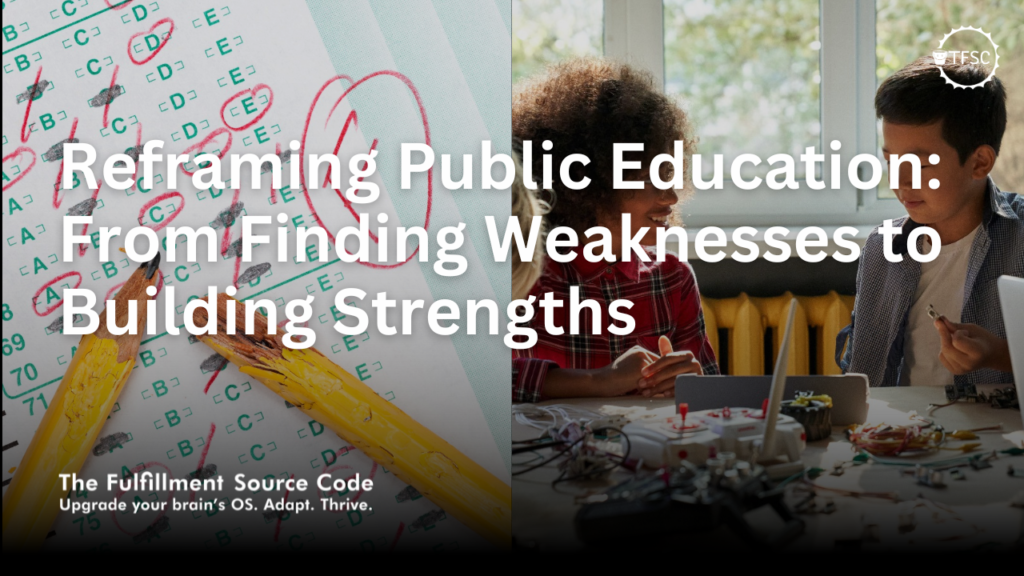The Truth Behind the Myth of Educational Choice
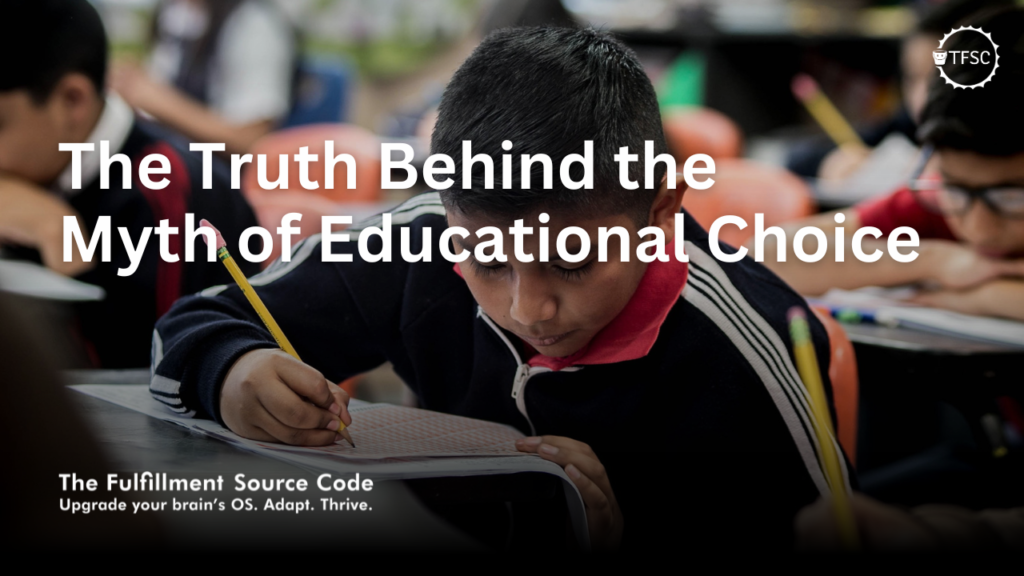
As a parent, do you ever feel overwhelmed by the wide variety of K-12 educational options available in the United States? From public schools to charter schools, private schools to magnet schools, Montessori schools to homeschooling, the list seems endless, because there are more than 20 different kinds of schools.
However, the harsh reality is that most parents do not have much of a choice when it comes to their kid’s K-12 education. According to the National Center for Education Statistics (NCES), approximately 9 out of 10 students in the US attend public schools.
While it’s true that there are different types of schools available to families, the availability of these options varies widely by location and socioeconomic status. A 2019 report from the National Center for Education Statistics found that in urban areas, only 27% of students had access to charter schools, compared to 34% in suburban areas and 37% in rural areas. Not surprisingly, private school enrollment is highest among families with higher incomes and lower among families with lower incomes. According to a 2019 report from the National Center for Education Statistics, the percentage of students enrolled in private schools was highest in families with incomes of $100,000 or more (15%), compared to families with incomes below $50,000 (6%).
Moreover, the availability of school choice options is not evenly distributed across the country. A 2020 report from EdChoice found that in some states, such as Arizona and Florida, families have more school choice options than in other states, such as North Dakota and Nebraska. The report also found that families in urban areas have fewer school choice options than families in suburban or rural areas.
The reality of K-12 education in the United States is that most students attend public schools. While some families may have the means to choose a private or charter school, many families do not have the same opportunities and the availability of school choice options varies widely by location and socioeconomic status. As educators, policymakers, and advocates, it’s important to acknowledge these disparities and address the elephant in the room: the public school system is antiquated at best and is leaving 90% of students woefully behind.
Next up the Education Landscape: Pain Points and Gain Points
Sources & References
National Center for Education Statistics. (2021). Digest of Education Statistics, 2020. U.S. Department of Education.
National Center for Education Statistics. (2019). School Choice in the United States: 2019. U.S. Department of Education.
EdChoice. (2020). The 2020 Schooling in America Survey.
